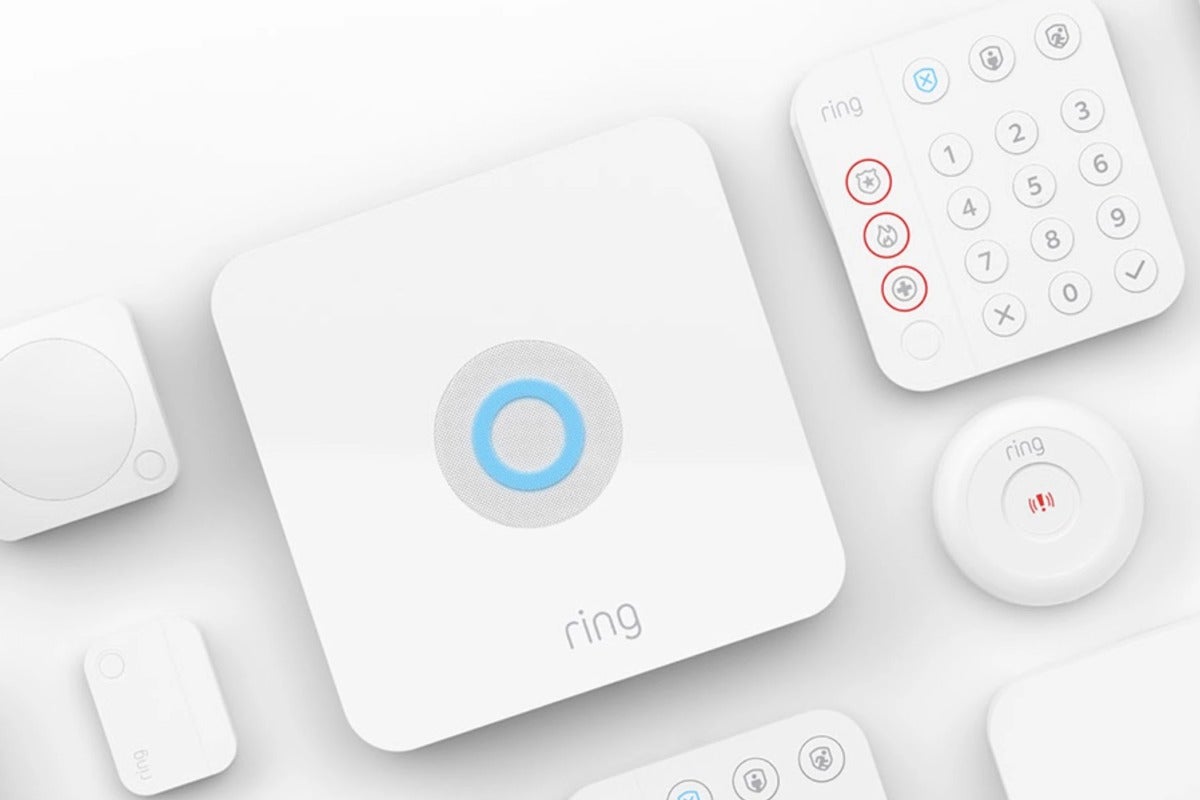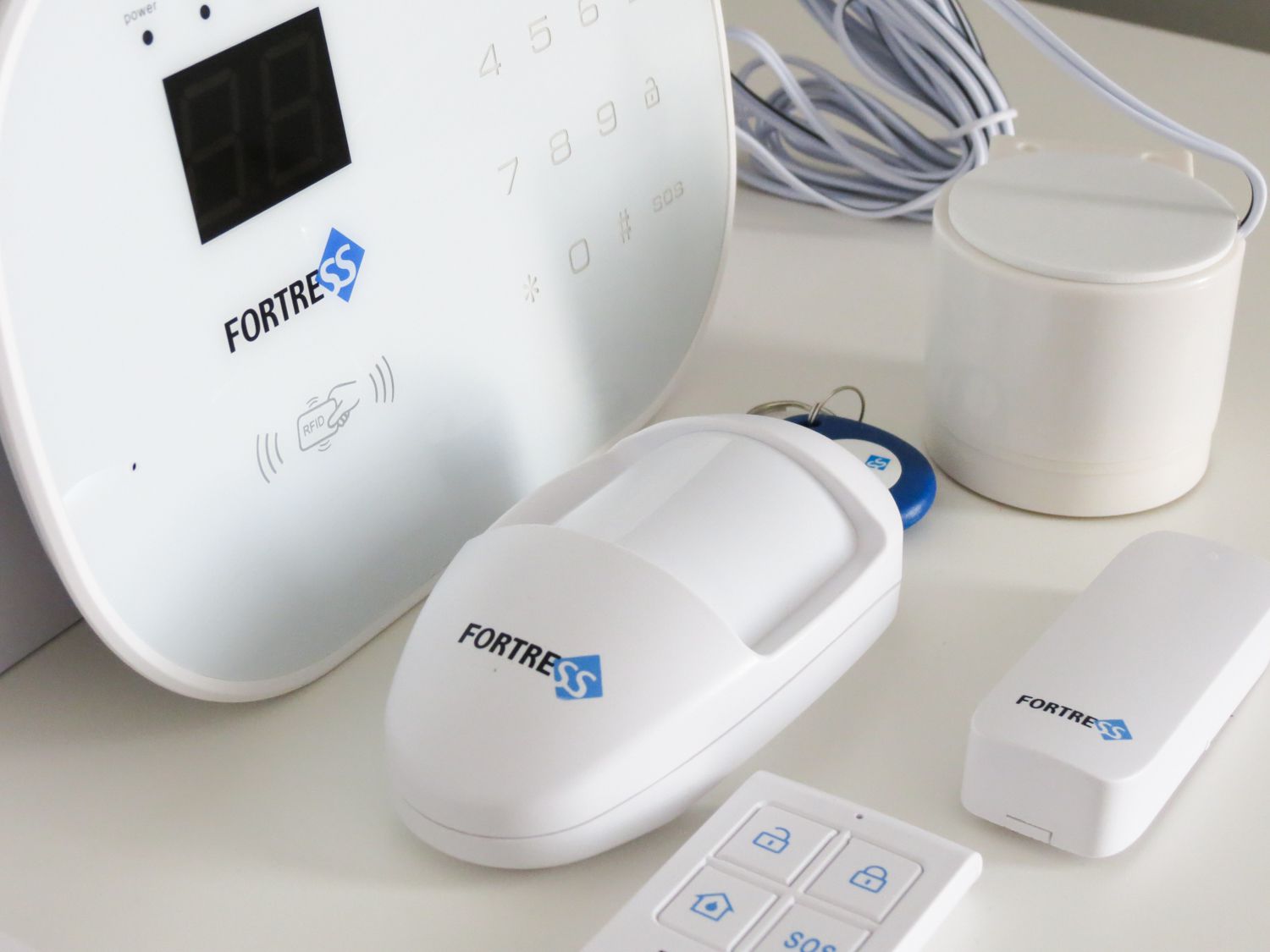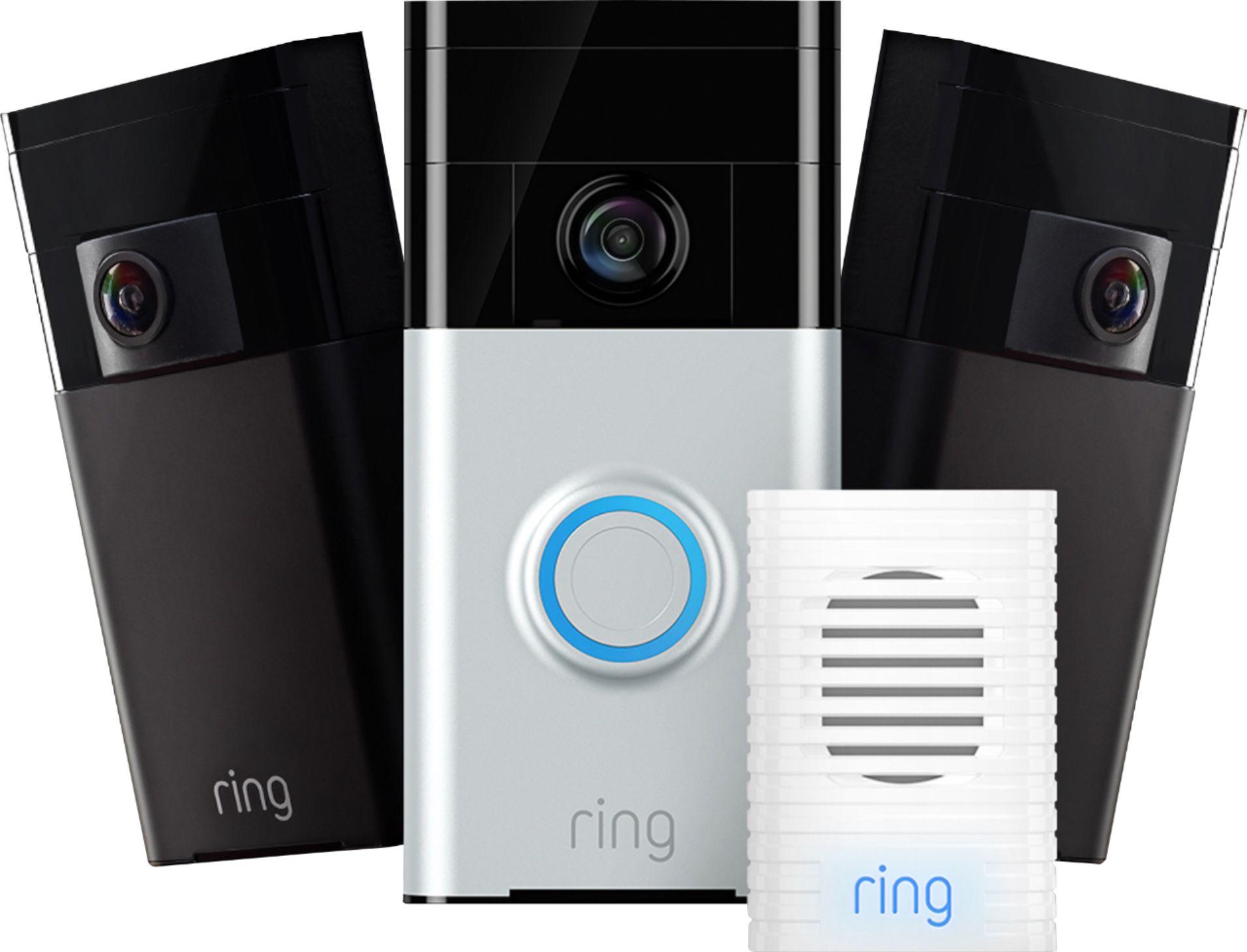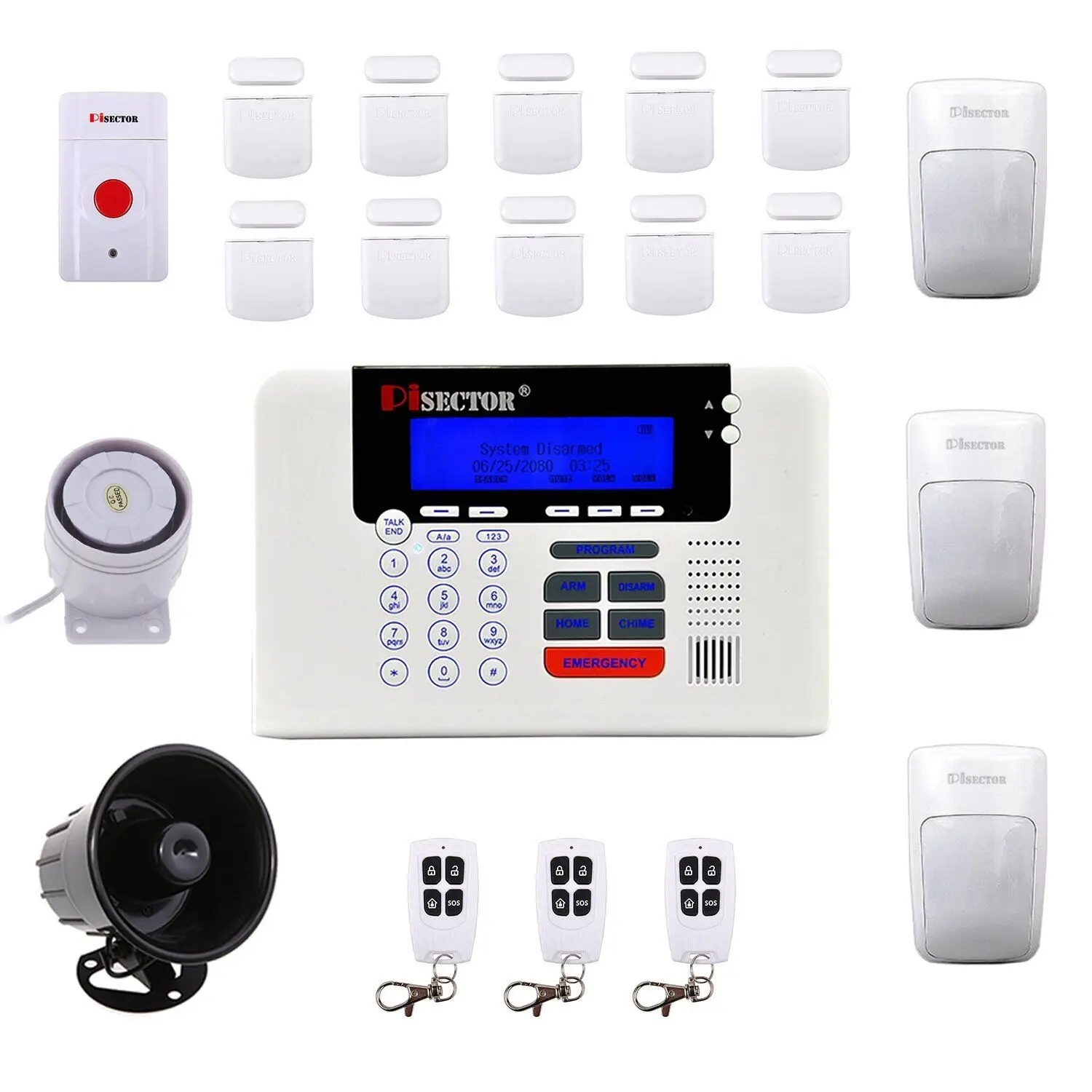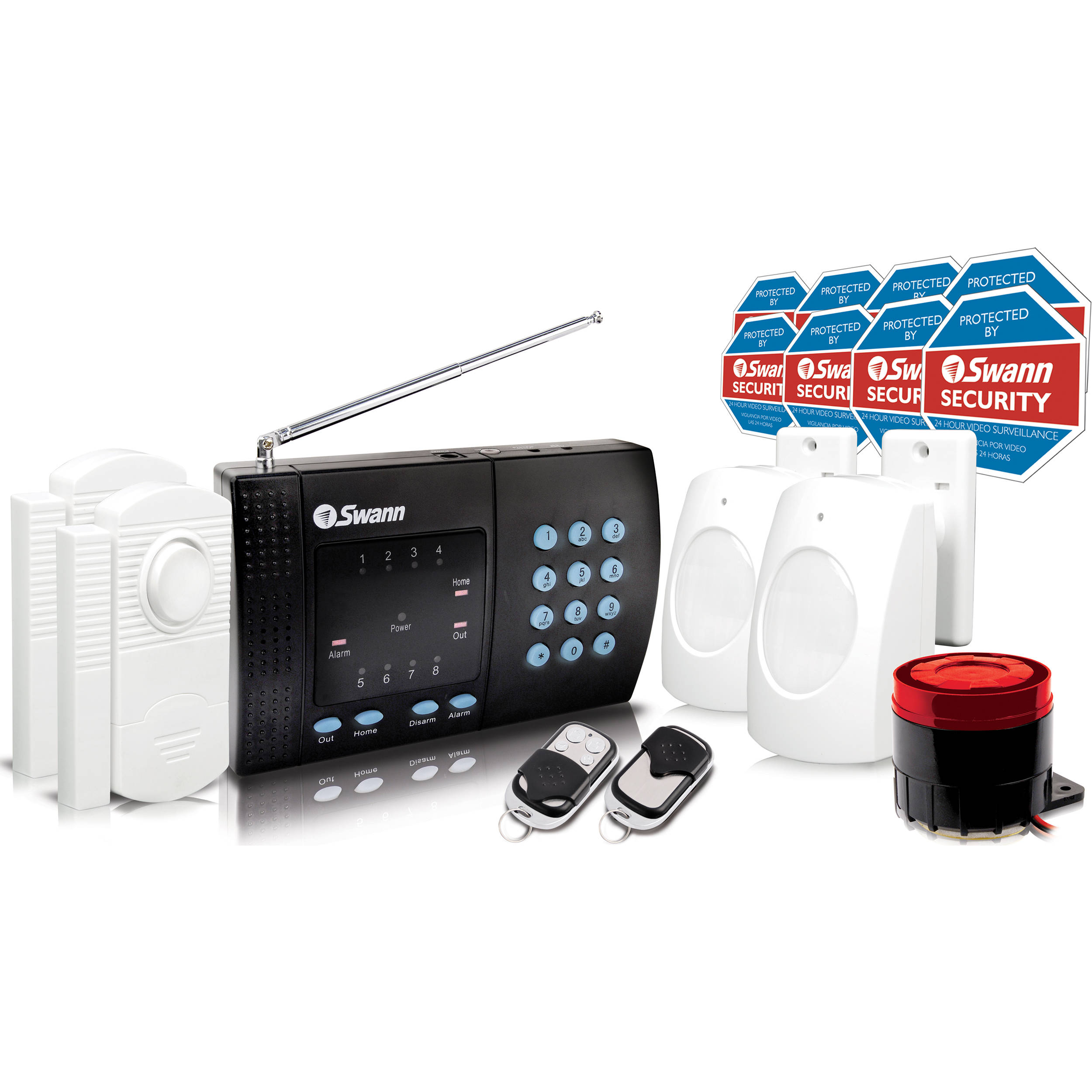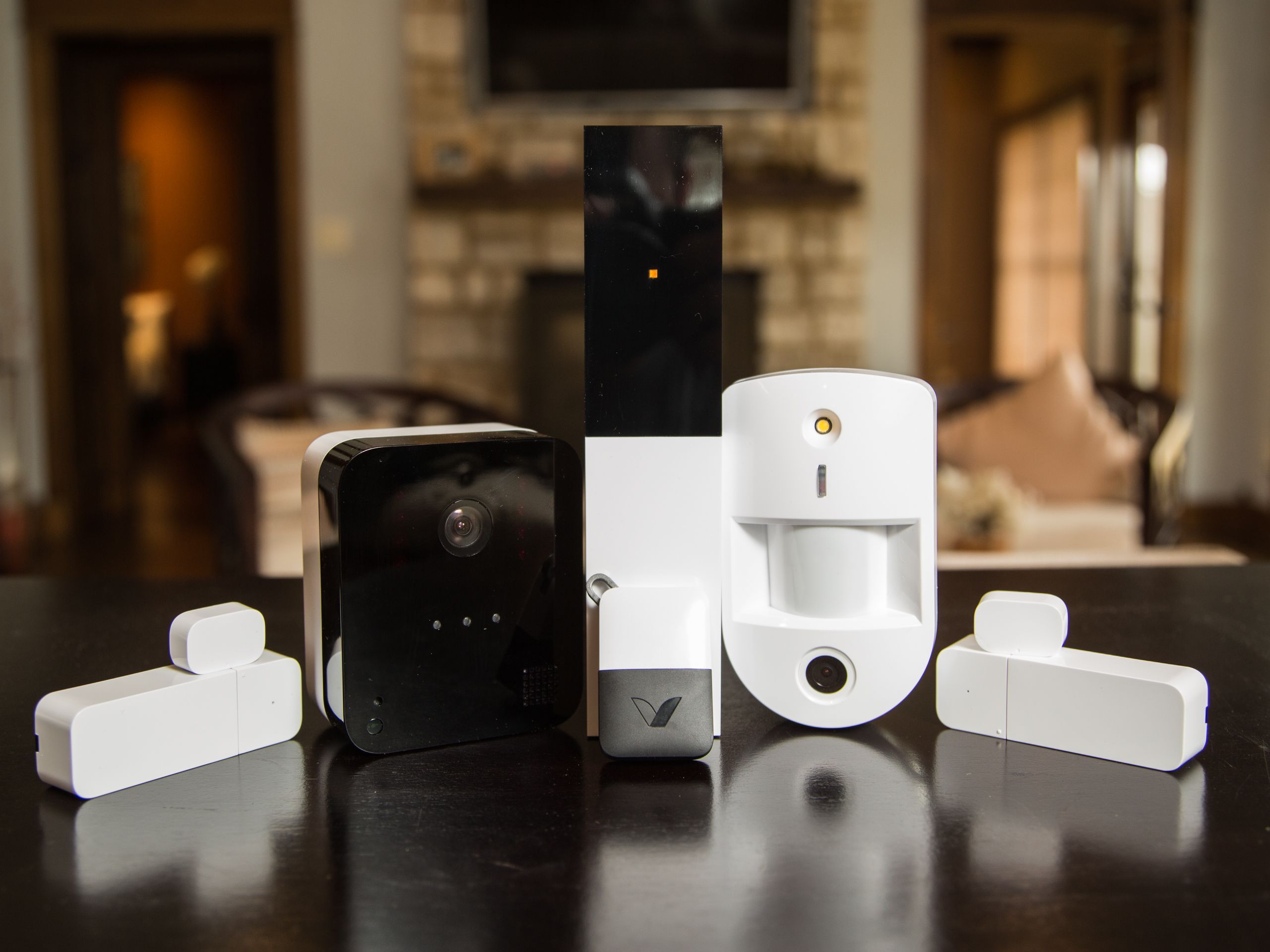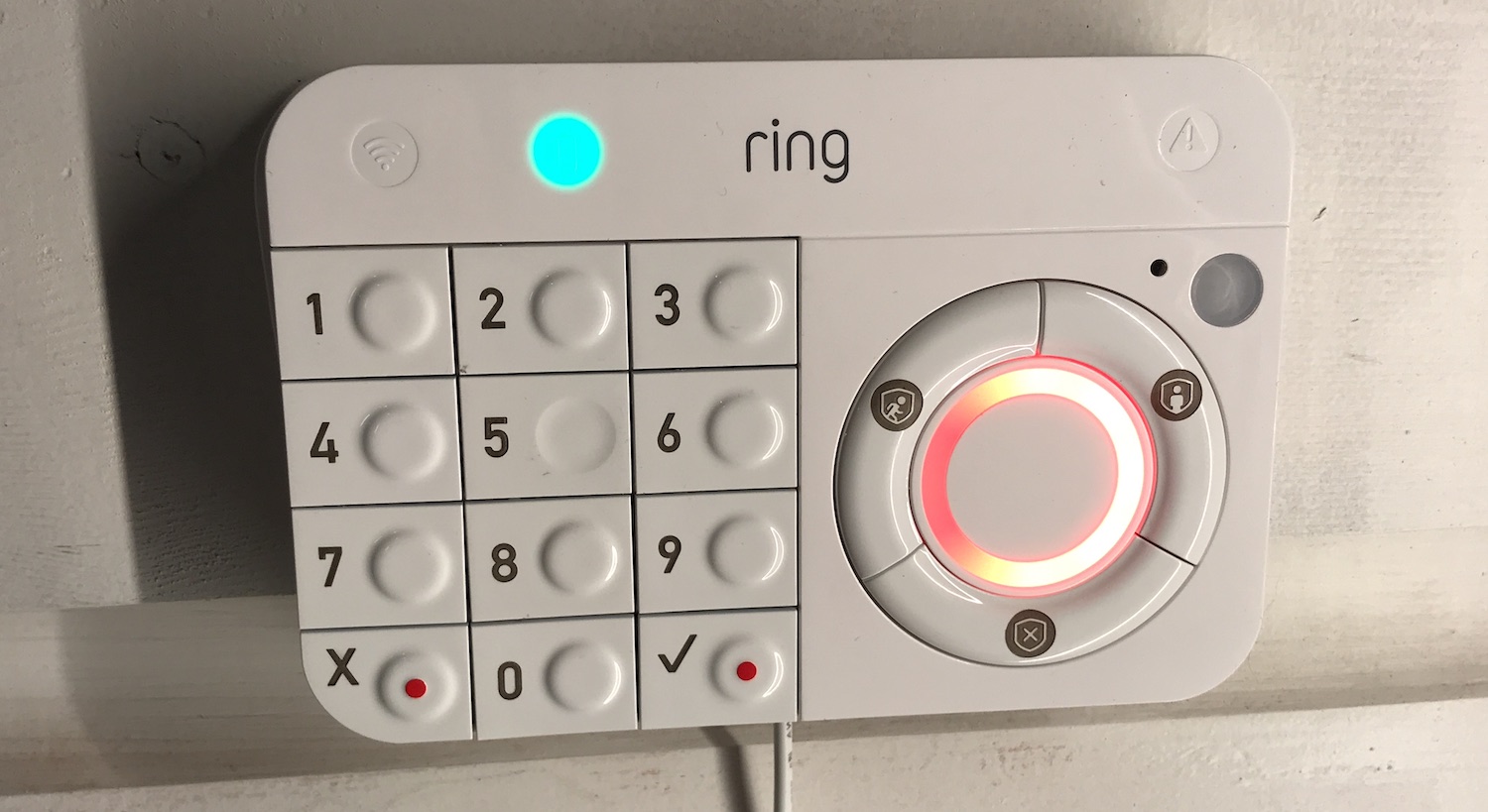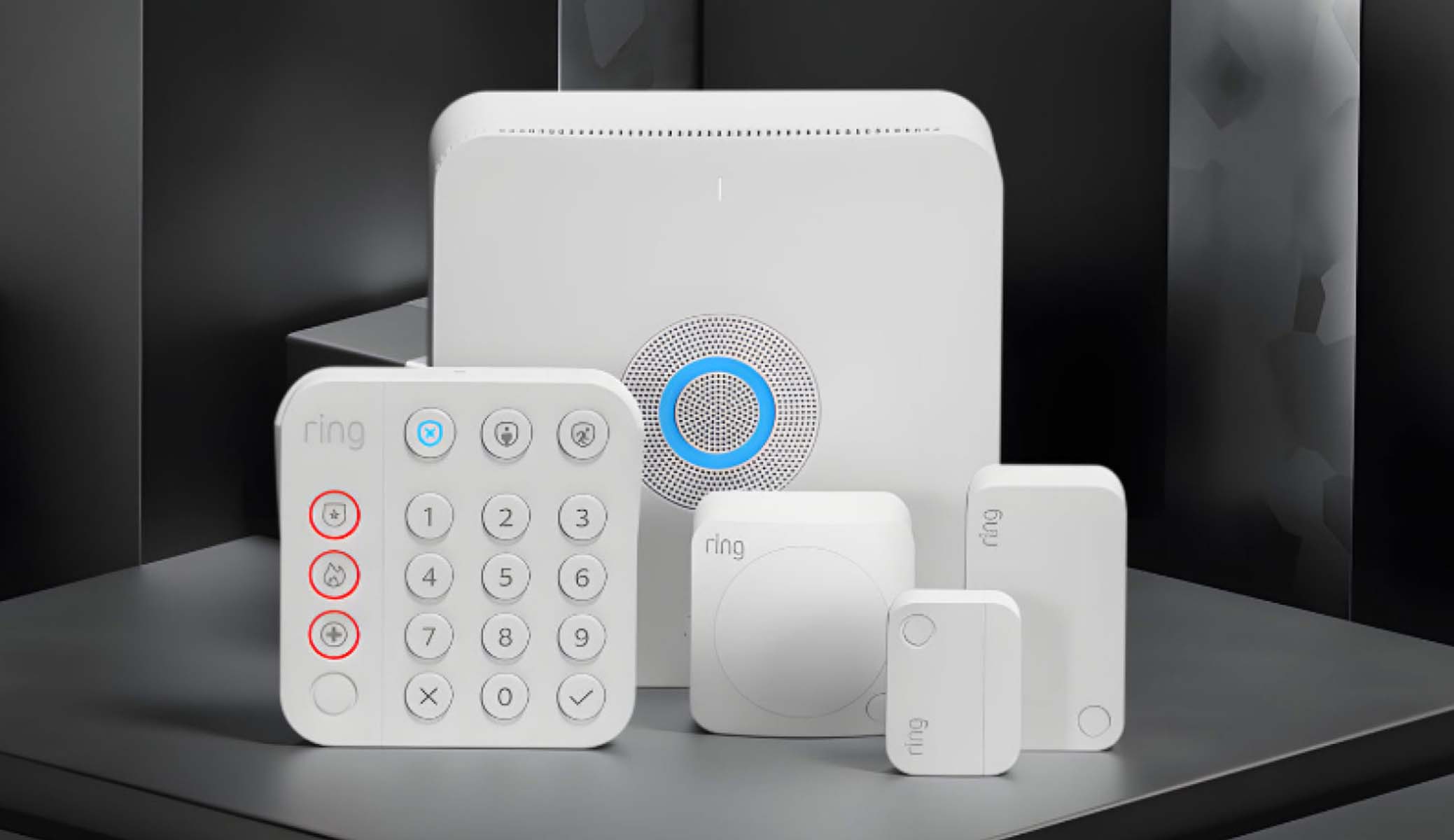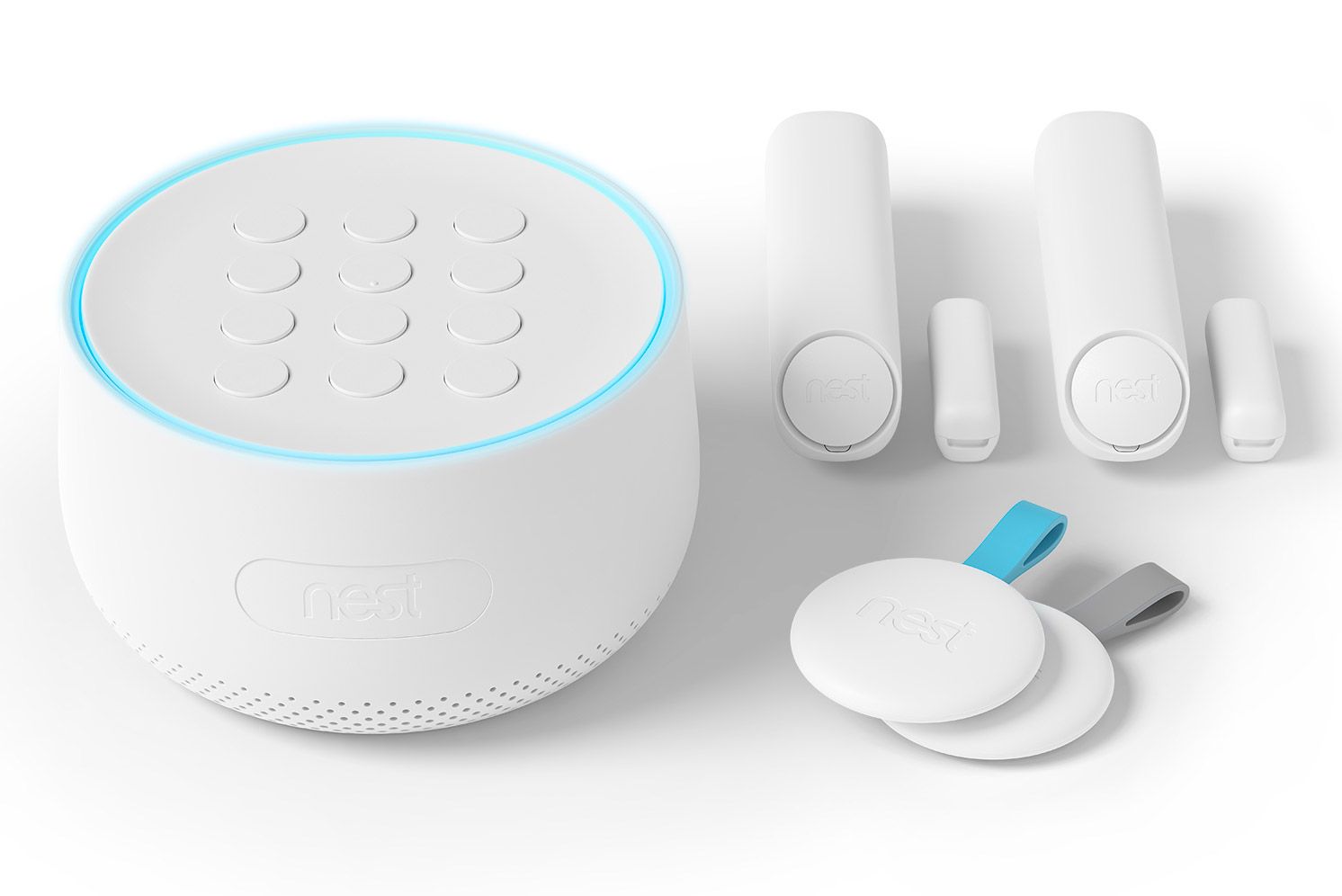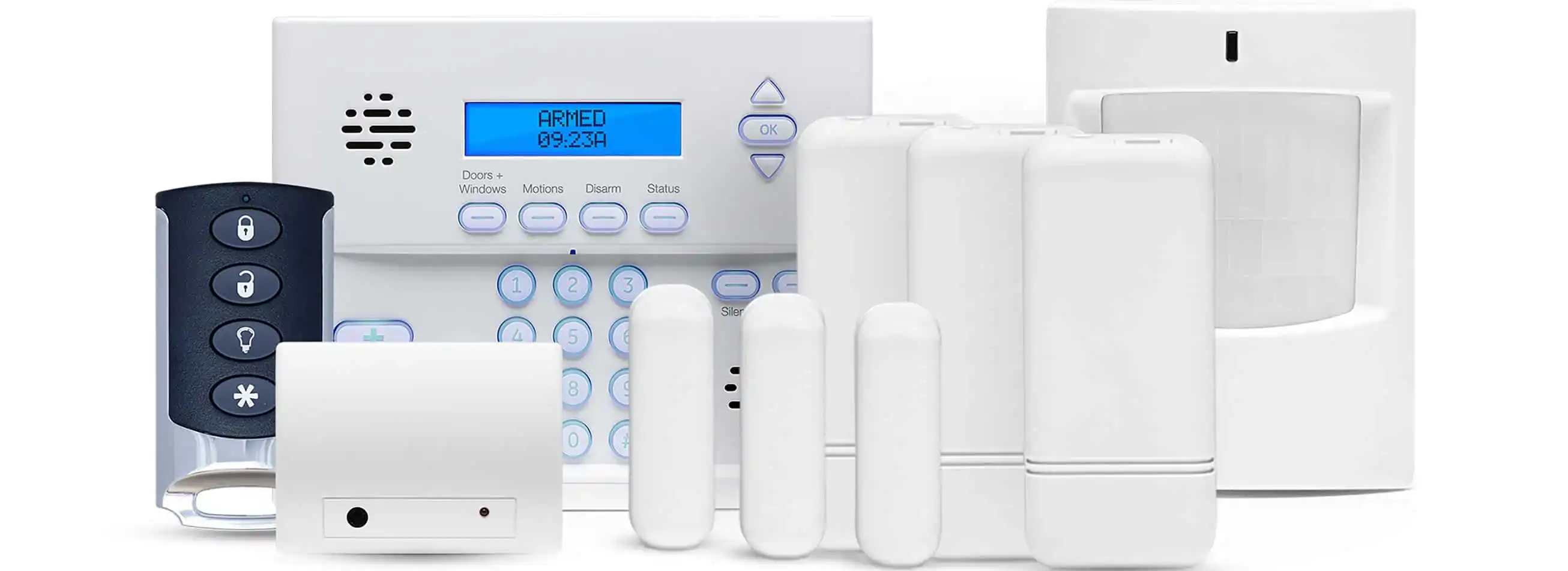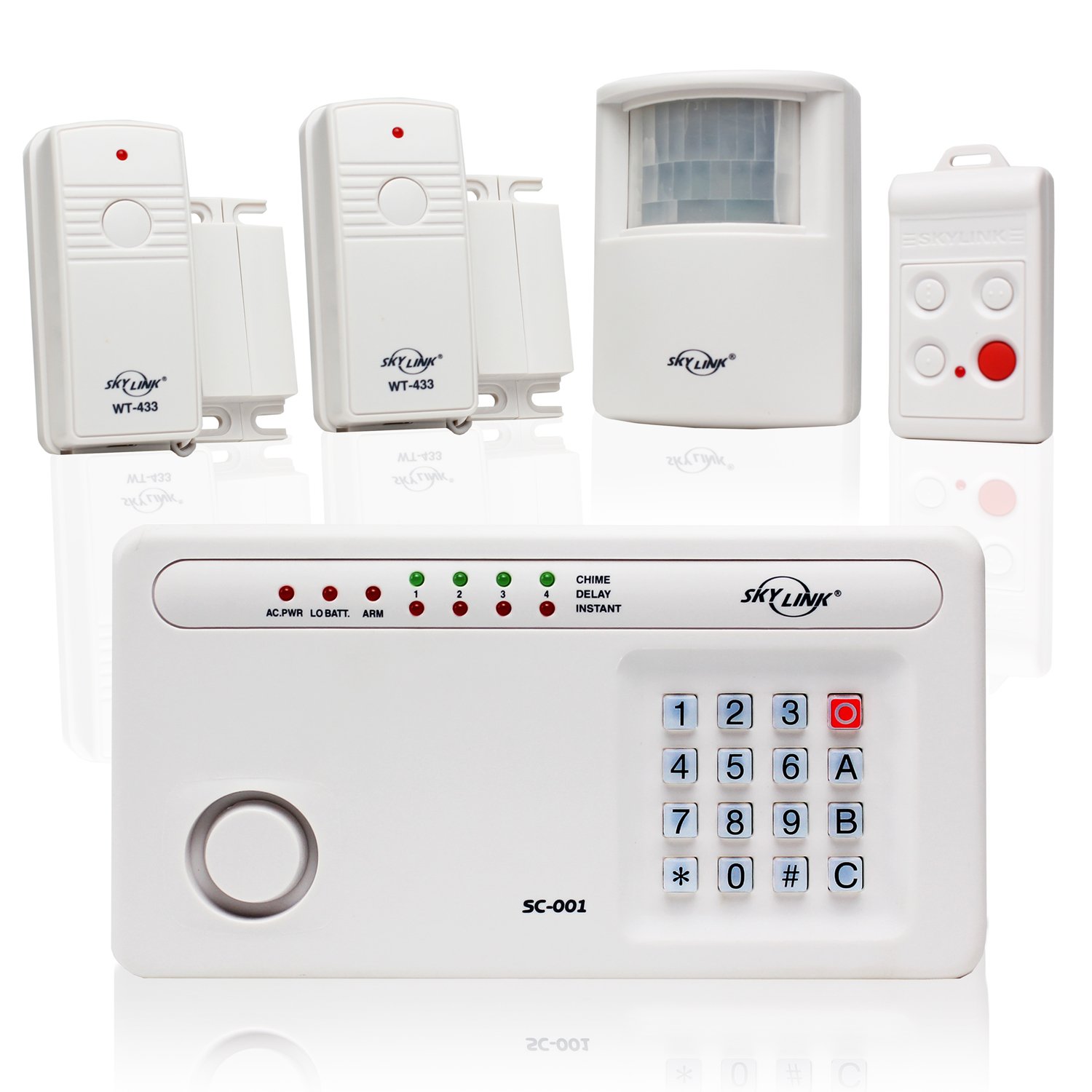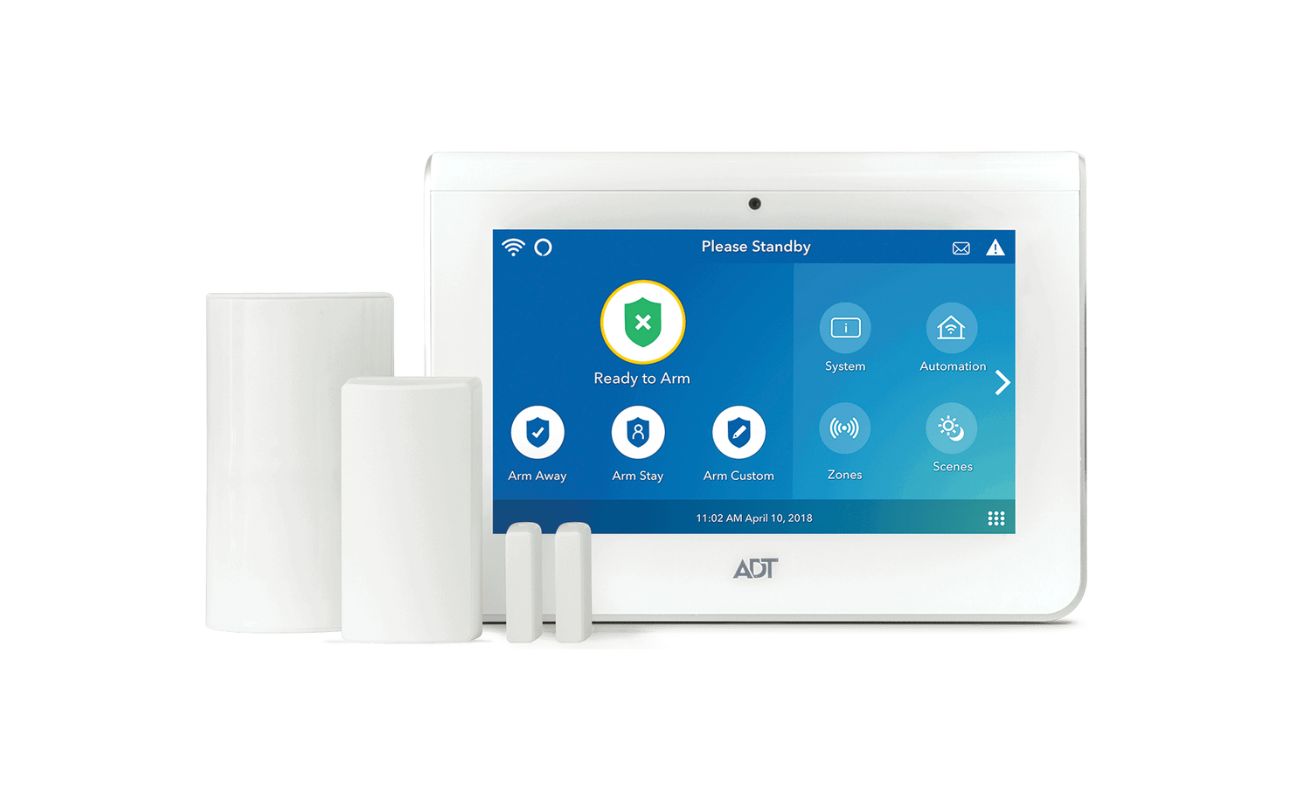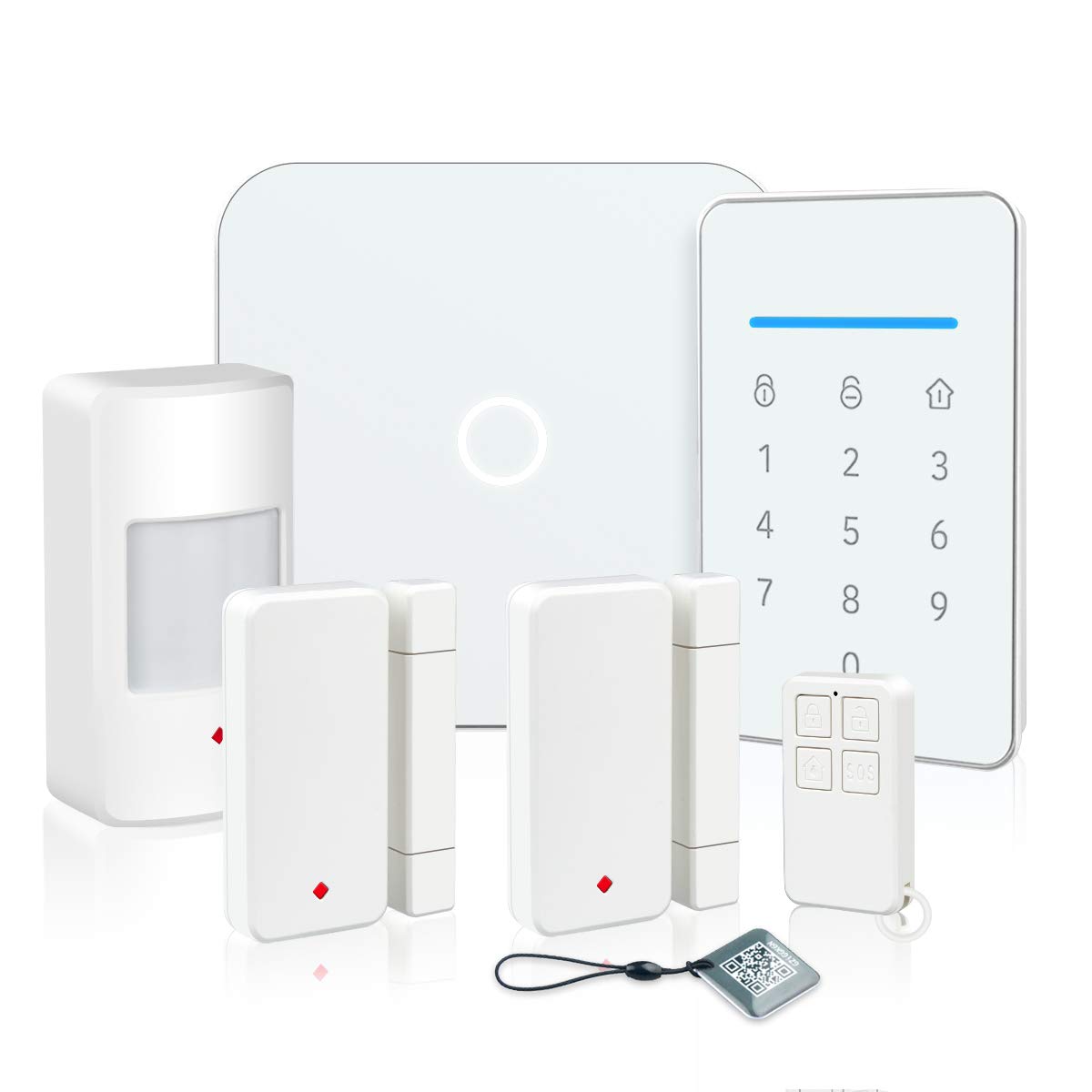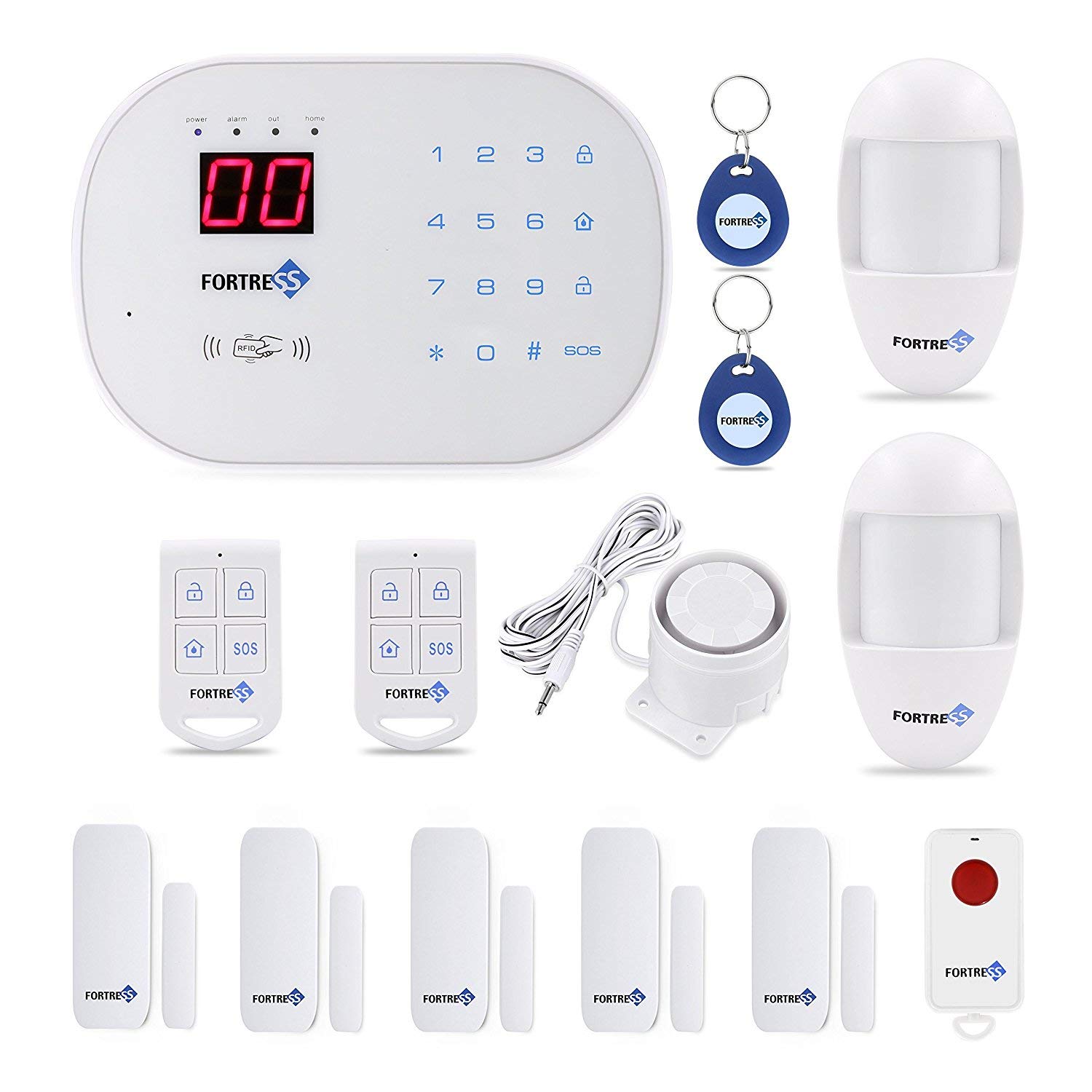Home>Home Security and Surveillance>How To Design Home Security System
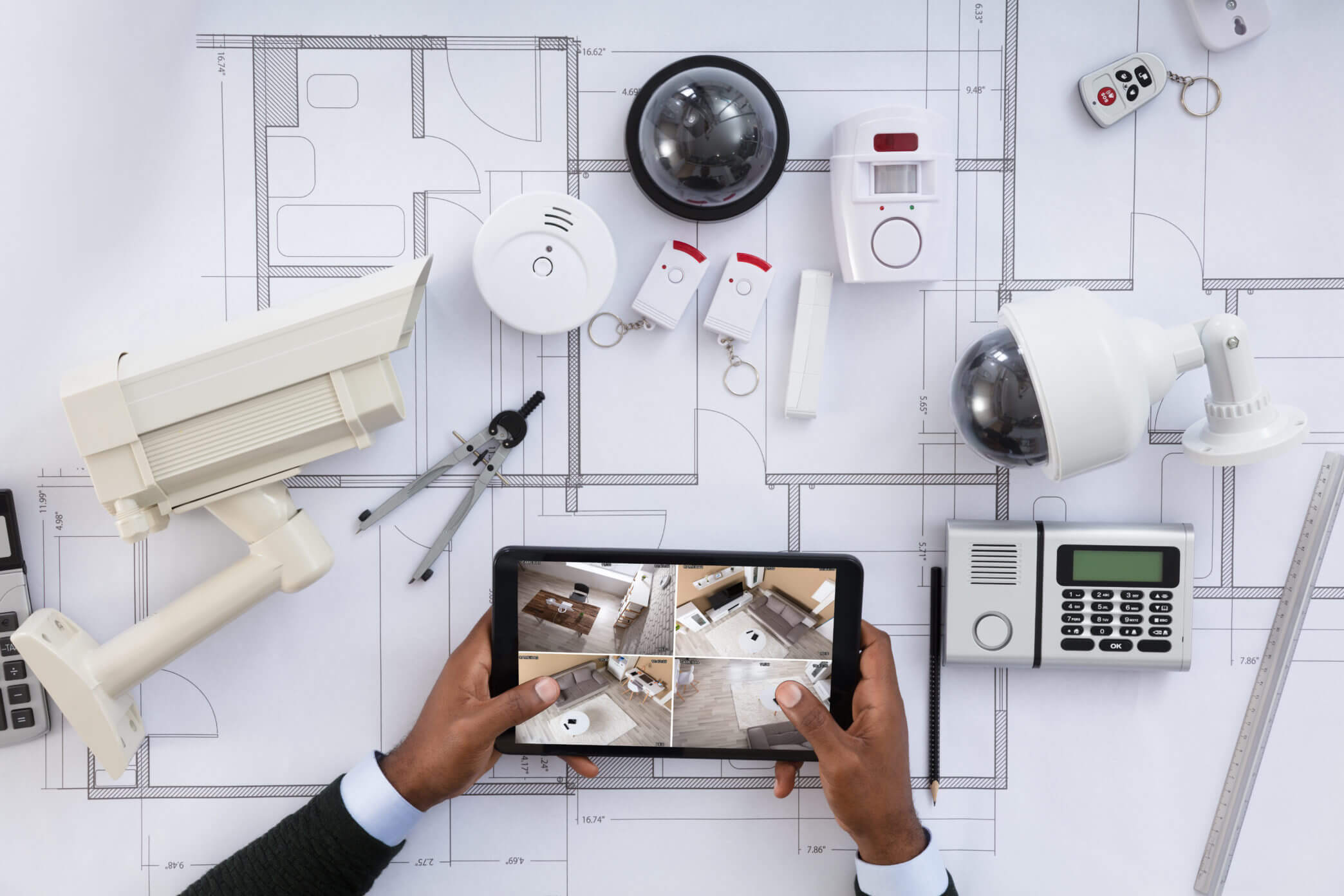

Home Security and Surveillance
How To Design Home Security System
Modified: March 6, 2024
Learn how to design a home security system with our comprehensive guide. Discover the latest technologies and tips for optimal home security and surveillance.
(Many of the links in this article redirect to a specific reviewed product. Your purchase of these products through affiliate links helps to generate commission for Storables.com, at no extra cost. Learn more)
Introduction
Welcome to the world of home security and surveillance! With the increasing concern for safety and protection, it is essential to design a robust and reliable home security system. The right security measures not only provide peace of mind but also act as a deterrent against intruders.
Whether you live in a bustling city or a peaceful suburb, investing in a home security system is a wise decision. With technological advancements, there are a plethora of options available to suit every budget and requirement. However, designing the perfect system can be overwhelming without proper guidance.
In this comprehensive guide, we will walk you through the process of designing a home security system that meets your specific needs. From assessing your security requirements to choosing the right technology, we will cover all the essential aspects to ensure the safety of your home and loved ones.
Before we dive into the intricacies of designing a home security system, it is important to note that security is not a one-size-fits-all solution. It varies from house to house and depends on factors such as location, property size, and personal preferences.
By considering these factors and making informed choices, you can create a customized security system that offers maximum protection and convenience. So let’s get started on this journey to fortify your home and put your mind at ease!
Key Takeaways:
- Assess your security needs by identifying vulnerabilities, entry points, and surveillance requirements. Tailor your system to protect your home, valuables, and loved ones based on your unique circumstances.
- Choose the right technology for your home security system, considering wireless vs. wired options, smart home integration, remote access, video quality, and scalability. Thorough research and expert advice will ensure optimal protection for your home.
Read also: 15 Amazing Wireless Home Security for 2024
Assessing Security Needs
When designing a home security system, the first step is to assess your security needs. This involves evaluating the potential risks and vulnerabilities of your property. Understanding these factors will help you determine the level of protection required and the specific components to include in your system.
Start by identifying the entry points of your home. This includes doors, windows, and any other access points that could potentially be exploited by intruders. Take note of any weaknesses or areas that might require additional security measures.
Next, consider the layout of your property. Are there any blind spots or areas with limited visibility that may pose a threat? Evaluate the surrounding environment, such as nearby streets, alleys, or foliage, that could provide cover or aid potential intruders.
Take into account the level of crime in your area. Research local crime statistics, speak to neighbors, or consult with local law enforcement to get a better understanding of the security risks specific to your location.
Additionally, assess your lifestyle and daily routine. Do you travel frequently? Are there periods when your home is left unoccupied for extended periods? Understanding your unique circumstances will allow you to tailor your security system accordingly.
Consider the value of your belongings and any sentimental items that you want to protect. This will help you determine if additional security measures, such as surveillance cameras or motion sensors, are necessary to safeguard your valuable possessions.
Moreover, assess the level of surveillance needed for your property. Do you require 24/7 monitoring or just basic surveillance? Are you interested in remote viewing capabilities, allowing you to monitor your home from anywhere in the world?
Once you have thoroughly evaluated your security needs, you can proceed to the next step of selecting the appropriate types of home security systems and components that will best address your requirements.
Types of Home Security Systems
When it comes to home security systems, there are several options available, each offering different levels of protection and functionality. Understanding the various types will help you make an informed decision based on your specific needs. Let’s explore some of the most popular types of home security systems:
- Monitored Systems: Monitored systems are connected to a professional monitoring service. When a sensor is triggered, such as a window or door opening, an alert is sent to the monitoring center. Trained professionals then assess the situation and take appropriate action, such as notifying you or the authorities. These systems offer round-the-clock monitoring and provide an added layer of security.
- Unmonitored Systems: Unmonitored systems do not connect to a professional monitoring service. Instead, they rely on audible alarms or notifications sent directly to your smartphone when a sensor is triggered. It’s up to you to respond and take appropriate action in the event of an alarm. Unmonitored systems are often more affordable and offer greater flexibility.
- Wireless Systems: Wireless systems use wireless technology to connect the various components of the security system. The absence of wires makes installation easier and allows for flexibility in component placement. Wireless systems are also more resistant to tampering and can be easily expanded or upgraded as needed.
- Wired Systems: Wired systems, as the name suggests, rely on hardwired connections between system components. They are often more reliable and less susceptible to wireless interference. However, installation can be more complex and may require professional assistance. Wired systems are suitable for both new constructions and existing homes.
- Smart Home Systems: Smart home security systems integrate with other devices in your home, such as smart door locks, thermostats, and motion sensors. They offer advanced features like remote access, voice control, and automation. Smart home systems provide convenience and the ability to monitor and control your security system from anywhere using your smartphone or virtual assistant.
- DIY Systems: DIY systems are designed for self-installation and configuration. These systems typically come with easy-to-follow instructions, allowing homeowners to set up their security systems without professional help. DIY systems are cost-effective and offer flexibility in customization.
Remember, the choice of the home security system depends on your specific needs, budget, and personal preference. It’s essential to thoroughly research and consider the features and limitations of each system type before making a decision.
Components of a Home Security System
A home security system is made up of various components that work together to provide comprehensive protection for your home. Understanding these components will help you design a system that suits your specific security needs. Let’s take a look at the essential components of a home security system:
- Control Panel: The control panel acts as the brain of the system, allowing you to arm or disarm the system and control its settings. It communicates with the sensors and alerts you in case of any security breaches. Modern control panels often come with touchscreen interfaces for ease of use.
- Door and Window Sensors: These sensors are designed to detect the opening or closing of doors and windows. They are typically placed on the frame of the door or window and the corresponding part of the structure. When the door or window is opened, the sensor sends a signal to the control panel, triggering an alarm.
- Motion Sensors: Motion sensors are used to detect movement within a specified area. They use infrared technology to detect changes in heat signatures. Motion sensors can be installed indoors or outdoors and are highly effective in detecting unauthorized entry or movement in restricted areas.
- Security Cameras: Security cameras are a crucial component of a comprehensive home security system. They provide visual surveillance, allowing you to monitor your property in real-time. Some cameras also offer recording capabilities, enabling you to review footage later if needed. They can be placed strategically to cover entry points, blind spots, and vulnerable areas.
- Alarm Systems: Alarm systems play a vital role in deterring intruders and alerting occupants or neighbors of a breach. They can be in the form of loud sirens, strobe lights, or even silent alarms that notify a monitoring service. Alarm systems create a sense of urgency and can scare away potential intruders.
- Smoke and Carbon Monoxide Detectors: In addition to protecting against burglaries, a home security system can also include smoke and carbon monoxide detectors. These devices are essential for detecting fires or the presence of deadly carbon monoxide gas, ensuring the safety of your family.
- Smart Home Integration: Many home security systems offer integration with smart home devices, allowing you to control your security system through voice commands or smartphone apps. This integration provides convenience and enables you to monitor and manage your security system remotely.
These are just some of the key components of a home security system. Depending on your specific needs, you can customize your system by adding additional sensors, cameras, or even home automation features.
Designing the Layout
Designing the layout of your home security system involves strategically placing the various components to ensure maximum coverage and effectiveness. Here are some important considerations when designing the layout:
- Entry Points: Start by identifying the entry points of your home, such as doors, windows, and garage entrances. These are the most vulnerable areas and should be equipped with door/window sensors and possibly additional security measures like security cameras.
- Indoor and Outdoor Coverage: Assess the areas that require surveillance both indoors and outdoors. Consider placing security cameras in high-traffic areas, blind spots, or areas with valuable belongings. Outdoor cameras should have a wide viewing angle and be weatherproof.
- Strategic Placement: Position the sensors and cameras where they have the best line of sight and coverage. For example, place motion sensors in hallways or living areas that would detect any movement throughout the house. Install cameras at eye level to capture clear facial images of potential intruders.
- Zoning: Divide your property into zones to help monitor different areas separately. This allows you to customize the response and sensitivity of the security system based on individual zones. For example, you might want tighter security for the bedrooms compared to the living room.
- Visibility: Consider the visibility of your security system. Ensure that the presence of cameras, sensors, and alarm systems can be easily detected by potential intruders. Visible security measures act as a deterrent and can prevent break-ins before they even occur.
- Accessibility: Make sure the control panel for your security system is easily accessible and centrally located. This ensures that you can quickly arm or disarm the system when entering or leaving your home.
- Integration with Other Devices: If you have other smart home devices, such as smart door locks or video doorbells, ensure they are integrated into your security system layout. This allows for seamless control and monitoring of all your devices from a central hub.
It’s important to note that the layout of your home security system should be tailored to your specific needs and the unique layout of your home. Consider the size of your property, the number of rooms, and any additional structures like sheds or garages.
Once you have determined the layout, create a detailed plan indicating the placement of each component, including sensors, cameras, and control panels. This will serve as a guide for the installation process and ensure that your home security system is optimized for maximum protection.
When designing a home security system, make sure to include motion sensors in key areas, such as entry points and main living spaces, to detect any unauthorized movement.
Read also: 15 Unbelievable Home Security Safe for 2024
Choosing the Right Technology
When designing a home security system, choosing the right technology is crucial to ensure optimal performance and functionality. Here are some important factors to consider when selecting the technology for your system:
- Wireless vs. Wired: Determine whether you prefer a wireless or wired system. Wireless systems offer easy installation, flexibility, and the ability to expand or upgrade components. On the other hand, wired systems provide reliability and are less susceptible to interference.
- Connectivity: Consider the connectivity options available for your security system. Most modern systems offer internet connectivity, allowing you to monitor and control your system remotely. Check for compatibility with your home’s internet network and the availability of cellular backup options in case of internet outages.
- Smart Home Integration: If you have other smart home devices, look for a security system that integrates seamlessly with them. This allows for centralized control and monitoring of all your smart devices from a single app or interface.
- Remote Access: Determine whether you want the ability to monitor and control your security system remotely. This feature is particularly useful when you are away from home and want to check in on the status of your security system or receive real-time alerts on your smartphone.
- Video Quality: If you are incorporating security cameras into your system, consider the video quality and resolution. Higher resolution cameras provide clearer and more detailed images, ensuring better identification of potential intruders.
- Storage and Recording: Evaluate the options for storing and accessing recorded footage from your security cameras. Some systems offer local storage on a hard drive or memory card, while others utilize cloud storage. Consider the costs, storage capacity, and accessibility of recorded footage.
- Integration with Monitoring Services: If you opt for a monitored system, ensure that the technology is compatible with professional monitoring services. This allows for quick and efficient emergency response in the event of a security breach.
- User-Friendly Interface: Look for a system with a user-friendly interface and intuitive controls. The control panel or app should be easy to navigate, allowing you to quickly access and adjust settings as needed.
- Scalability: Consider the scalability of the technology. Determine whether the system can easily accommodate additional components or devices as your security needs change or expand over time.
It’s important to thoroughly research and compare different technologies before making a final decision. Read reviews, consult with professionals, and consider seeking expert advice to ensure you select the technology that best suits your specific security requirements.
Remember, the right technology will not only provide effective protection but also enhance your overall experience with your home security system.
Installation Process
Installing a home security system may seem like a daunting task, especially if you’re not familiar with the process. However, with proper planning and following the manufacturer’s instructions, it can be a straightforward and rewarding experience. Here is an overview of the installation process:
- Research and Preparation: Before starting the installation, thoroughly read the manuals and guides that come with your security system. Familiarize yourself with the components, their functionality, and any specific instructions or requirements.
- Map Out the Layout: Refer to the layout plan you created during the design phase. Use this to identify the specific locations for mounting sensors, cameras, and control panels based on the optimal coverage and strategic placement determined earlier.
- Mounting Sensors and Cameras: Start by mounting the sensors and cameras according to the manufacturer’s instructions. Door and window sensors are typically attached to the door or window frame, while cameras can be mounted on walls, ceilings, or other suitable surfaces. Use appropriate screws, brackets, or adhesive for secure mounting.
- Wiring (if applicable): If you have a wired security system, carefully run the necessary wires through the walls or ceilings, ensuring they are hidden and protected. Take care to avoid damaging existing electrical or plumbing systems during the process.
- Installing Control Panel and Keypads: Find a location for the control panel and keypads that is easily accessible and central to your home. Mount the control panel on the wall or place it on a tabletop stand, ensuring it is securely fixed.
- Connectivity and Power: Connect the various components of the system, such as sensors, cameras, and control panels, as per the manufacturer’s instructions. This includes connecting any necessary cables, wires, or adapters. Ensure that the system has reliable power sources, whether through electrical outlets or battery backups.
- Testing: Once the installation is complete, thoroughly test the system to ensure everything is functioning as expected. Arm and disarm the system, open and close doors and windows to test the sensors, and check the cameras for proper positioning and video quality. Make any necessary adjustments or troubleshoot any issues that may arise.
- Setting Up Remote Access: If your security system offers remote access, configure the necessary settings on your smartphone or other devices. Follow the instructions provided by the manufacturer to connect your system to the app or online portal for remote monitoring and control.
- Professional Assistance (if needed): If you find the installation process overwhelming or encounter any difficulties, don’t hesitate to seek professional assistance. Many security system providers offer installation services to ensure a smooth and hassle-free setup.
Remember, proper installation is crucial for the optimal functioning of your home security system. Take your time, follow the instructions carefully, and don’t hesitate to reach out for help if needed. A well-installed system will provide the best protection for your home and loved ones.
Testing and Maintenance
Once your home security system is installed, it’s essential to regularly test and maintain it to ensure that it continues to provide reliable protection. Here are some key aspects to consider when it comes to testing and maintenance:
- Regular System Testing: Perform regular testing of your security system to ensure that all sensors, cameras, alarms, and other components are functioning correctly. Test the functionality of each component individually and in combination with the rest of the system. This includes checking the responsiveness of sensors, the clarity of camera footage, and the audibility of alarms.
- Testing Monitoring Services: If your security system is connected to a professional monitoring service, test the connection periodically. Contact the service provider and notify them that you are conducting a test to ensure they receive and respond to the alert appropriately.
- Battery Backup: If your security system includes battery backup, regularly test the backup power supply to ensure it’s functioning correctly. This is crucial in the event of a power outage to maintain the system’s operation and keep your home protected.
- Updating Firmware and Software: Stay up to date with firmware and software updates provided by the manufacturer. These updates often include bug fixes, added features, and security patches. Regularly check for updates and apply them to keep your system running smoothly.
- Camera Maintenance: Clean and inspect your security cameras regularly to ensure clear visibility. Wipe away any dirt, dust, or debris that may accumulate on the lenses, as this can affect the quality of the recorded footage. Also, check for any loose connections or damage to the cameras and make necessary repairs or replacements.
- Check and Replace Batteries: Test and replace batteries in sensors, keypads, or other wireless components as needed. Weak or dead batteries can result in the malfunctioning of the system, so it’s important to keep them fresh and fully functional.
- Stay Updated on Security Settings: Regularly review and update the security settings of your system. This includes changing passwords, updating access codes, and adjusting security levels as needed. If you have remote access capabilities, ensure that your login credentials are strong and secure.
- Periodic Professional Maintenance: Consider scheduling periodic maintenance visits from a professional security system provider. They can inspect and service the system, ensuring that it’s in optimal working condition, and address any potential issues or concerns.
By regularly testing and maintaining your home security system, you can have confidence in its reliability and effectiveness. Remember, prevention is key, and staying proactive with system testing and maintenance helps to ensure the ongoing security of your home and peace of mind for you and your family.
Conclusion
Designing a comprehensive and effective home security system requires careful assessment, planning, and consideration of various factors. By assessing your security needs, understanding the different types of security systems, and selecting the right components and technology, you can create a system that provides optimal protection for your home and loved ones.
During the design phase, it’s crucial to evaluate your property’s vulnerabilities and strategically place sensors, cameras, and other components to ensure maximum coverage. Consider factors such as entry points, indoor and outdoor surveillance needs, visibility, and accessibility for control panels and keypads. Additionally, explore the integration of smart home technology and the scalability of your chosen system.
Once installed, perform regular tests to ensure the proper functioning of your security system. Test each component, including sensors, cameras, alarms, and monitoring services. Stay updated with firmware and software updates, maintain the cleanliness and functionality of cameras, and test battery backups regularly. Don’t forget to revisit and update security settings, such as passwords and access codes, as needed.
Remember that the safety and security of your home and loved ones should always be a top priority. A well-designed and properly maintained home security system can provide you with peace of mind, deter potential intruders, and ensure swift response in case of emergencies.
As technology advances, the options for home security systems continue to expand. Keep yourself informed about the latest advancements and offerings in the market to make informed decisions that align with your security needs and budget.
By following the guidelines outlined in this guide and seeking professional advice when needed, you can design and implement a home security system that meets your unique requirements and provides you and your family with the protection you deserve.
Frequently Asked Questions about How To Design Home Security System
Was this page helpful?
At Storables.com, we guarantee accurate and reliable information. Our content, validated by Expert Board Contributors, is crafted following stringent Editorial Policies. We're committed to providing you with well-researched, expert-backed insights for all your informational needs.
